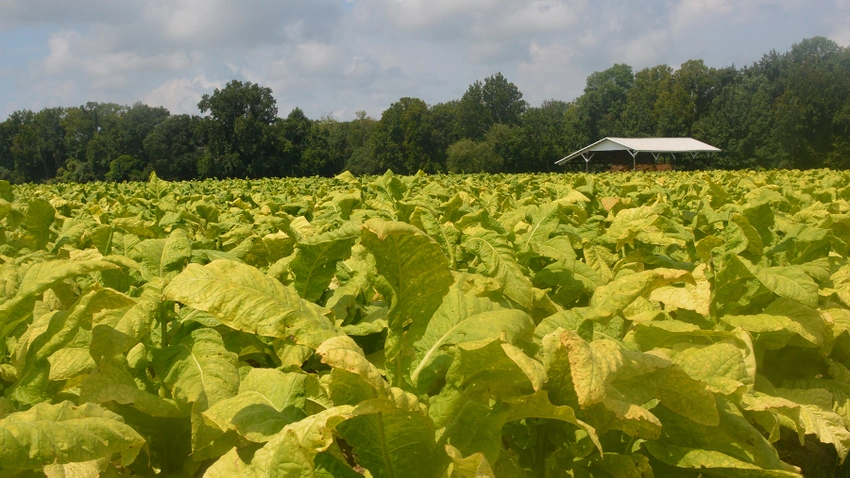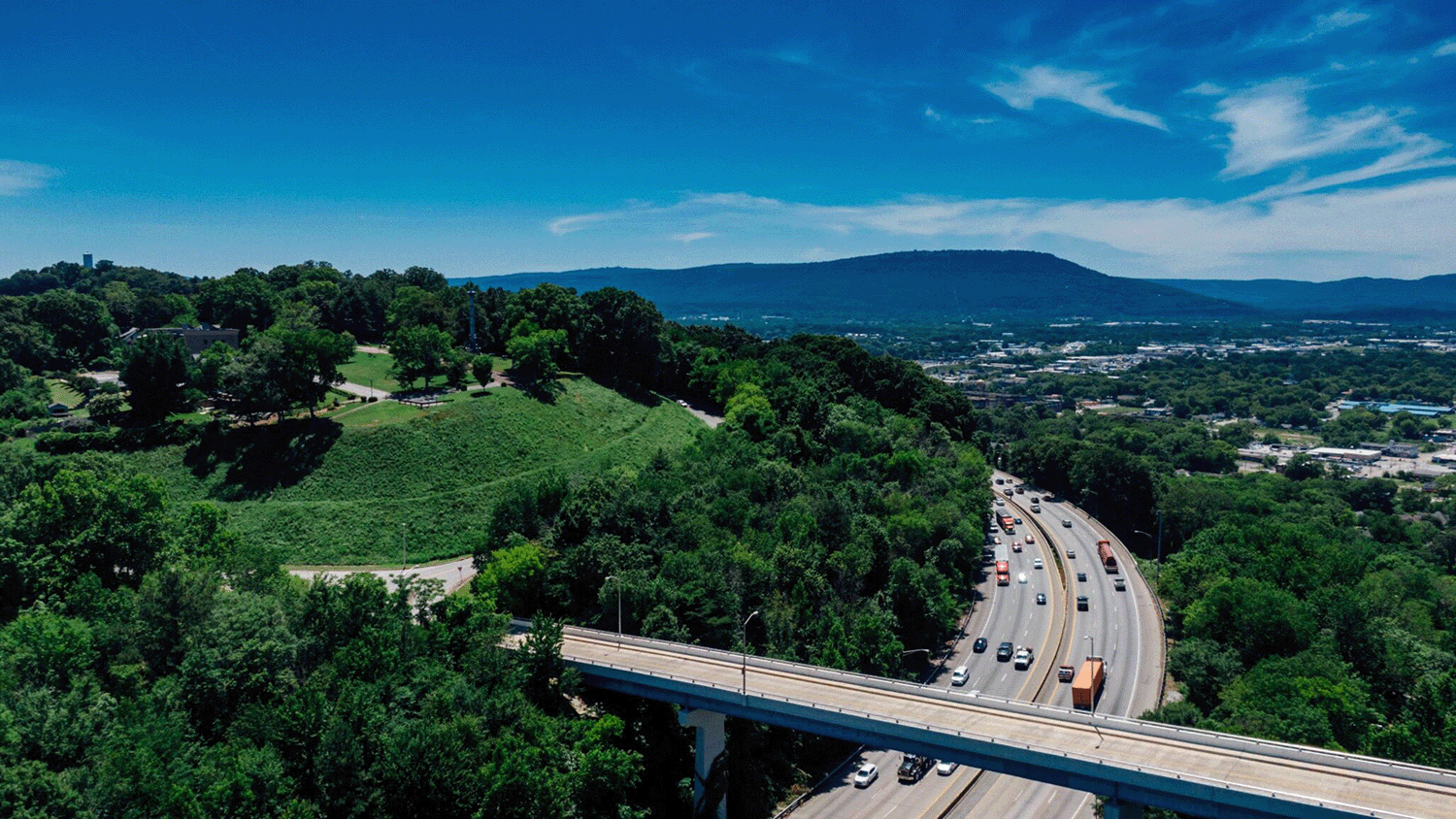The Sustainable Management of Privately-Owned US Forests

Written by Edward Kick, Jonathan May, David Schnake, Gretchen Thompson
What are the causal forces that augment the commercial sustainable management of the privately-owned woodlands of the United States?
Trees, woods, and forests protect most of our nation’s fresh water supply, moderate air temperatures and traffic noise, fight against soil erosion, help prevent flooding, provide a bounty of pharmaceuticals, and are the habitat for a wide variety of mammals, fish, insects and reptiles that in their own ways serve humankind. Private owners own about 75% of all woodlands in the US and offer a total direct or indirect payroll of nearly $100 billion annually in the United States. They account for 5% of the US total manufacturing gross domestic product. With these important impacts we found it unfortunate that only about 20% of family woodlands owners receive forest management advice and only 13% have a written plan for the management of their woodlands.
We used woodlands data provided by the U.S. Forest Service to draw a sample of 8411 cases from the national databank on woodlands private owners. Our study was designed to generalize to the nation’s population of woodlands owners (about twice that number), although missing data caused us to delete about half of the national sample. There are so few African-American who own woodlands that none appeared in our sample of 8,411. Our dependent variable was an indicator ranging from 0-10 on a scale of completely ineffective (“0”) to thoroughly effective (10). Effective behaviors included the creation of a woodlands master plan created with a professional woodlands extension agent, carefully enacted “burns” of forest materials, road maintenance, islands for a wildlife habitat, harvested in the last five years, ecologically responsible planning, replacement programs for wood removed for the market.
The socio- demographic and land characteristics data were analyzed using hierarchical linear regression, which pointed to some variables that were unimportant and others that were significantly related (p less than/equal to .01). There is an intuitive logic that binds together the significant variables of living on the woodlands, the size of the woodlands, the number of years the woodlands have been owned, and owner education. These are measures of stability and the willingness to gain knowledge and apply it. But the payoff to knowledge acquisition is limited—there is a negative impact of age to sustainable woodlands management that suggests both the benefits of youthful energy and the costs of advancing age.
We wondered why females in general received a significantly lower woodlands management score than males? We reason that relative to others, female owners likely are not at the “core” of the networks among woodlands owners and advisors. Likely studies would reveal they are in on the “periphery” in routine interactions between woodland colleagues and among the extension agents who channel important information to woodlands owners and advisors. With this interpretation it would be useful for forestry students at the graduate level to be exposed to a curriculum on professional and personal interactions across the different genders. Forestry extension agents then will be more apt to be comfortable approaching women who manage forest lands. And it is reciprocally likely that female owners will feel more comfortable approaching forest management experts.
- Categories:


